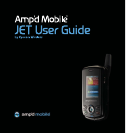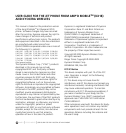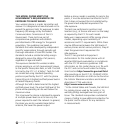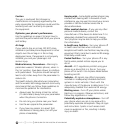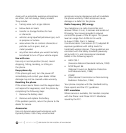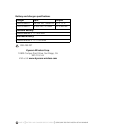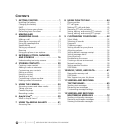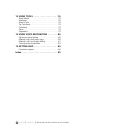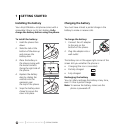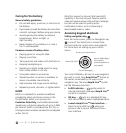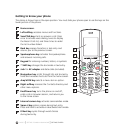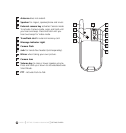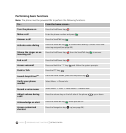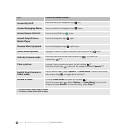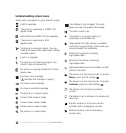
PAGE V
|
USE WITH CARE
|
USER GUIDE FOR THE KYOCERA JET KX18 PHONE
Areas with a potentially explosive atmosphere
are often, but not always, clearly marked.
They include:
• fueling areas such as gas stations
• below deck on boats
• transfer or storage facilities for fuel
or chemicals
• vehicles using liquefied petroleum gas, such
as propane or butane
• areas where the air contains chemicals or
particles such as grain, dust, or
metal powders
• any other area where you would normally
be advised to turn off your vehicle engine
Use with care
Use only in normal position (to ear). Avoid
dropping, hitting, bending, or sitting on
the phone.
Keep phone dry
If the phone gets wet, turn the power off
immediately and contact your dealer. Water
damage may not be covered under warranty.
Resetting the phone
If the screen seems frozen and the keypad does
not respond to keypresses, reset the phone by
completing the following steps:
1. Remove the battery door.
2. Remove and replace the battery.
If the problem persists, return the phone to the
dealer for service.
Accessories
Use only Kyocera-approved accessories with
Kyocera phones. Use of any unauthorized
accessories may be dangerous and will invalidate
the phone warranty if said accessories cause
damage or a defect to the phone.
Radio Frequency (RF) energy
Your telephone is a radio transmitter and
receiver. When it is on, it receives and sends out
RF energy. Your service provider’s network
controls the power of the RF signal. This power
level can range from 0.006 to 0.6 watts.
In August 1996, the U.S. Federal
Communications Commission (FCC) adopted RF
exposure guidelines with safety levels for
hand-held wireless phones. These guidelines are
consistent with the safety standards previously
set by both U.S. and international standards
bodies in the following reports:
• ANSI C95.1
(American National Standards Institute, 1992)
• NCRP Report 86
(National Council on Radiation Protection
and Measurements, 1986)
• ICNIRP
(International Commission on Non-Ionizing
Radiation Protection, 1996)
Your phone complies with the standards set by
these reports and the FCC guidelines.
E911 mandates
Where service is available, this handset complies
with the Phase I and Phase II E911 Mandates
issued by the FCC.



